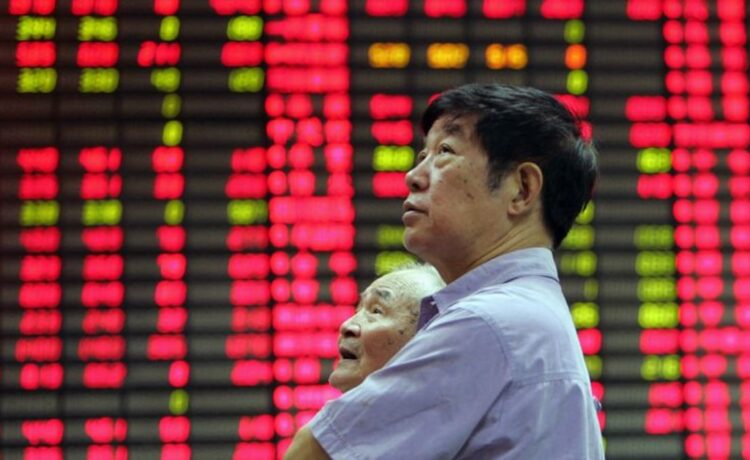A look at the day ahead in Asian markets.
Investor sentiment towards China has picked up following a report that Beijing is considering a hefty package to support its ailing markets, and Wednesday’s trading activity will give some insight into whether it will be fleeting or something more lasting.
Elsewhere in the Asia & Pacific region on Wednesday New Zealand inflation, purchasing managers index reports from Australia and Japan, and a monetary policy decision in Malaysia all have market-moving potential.
The broader mood music, however, will probably be set by the S&P 500’s third consecutive record closing high, and by how Chinese and Hong Kong markets trade.
The performance of Chinese stocks on Tuesday was not particularly strong – Hong Kong stocks rallied much harder – but any rebound has to start somewhere.
Authorities and China bulls will be hoping this has legs. And it might if policymakers can mobilise about 2 trillion yuan ($278 billion), mainly from offshore accounts of state-owned enterprises, as part of a stabilization fund to buy shares onshore through the Hong Kong exchange link.
By some measures, these markets are attractive. Valuations are cheap, indexes are the lowest in years, and if authorities can put a floor in, then a fair bit of the capital that has fled China and Honk Kong lately could be tempted back.
Perhaps.
The CSI 300 index’s rise of 0.4 per cent and the Shanghai Composite’s rise of 0.5 per cent on Tuesday were not big by most measures. But they were the biggest rise in almost a month, and enough to lift the indexes up from five- and four-year troughs, respectively.
In Hong Kong, the benchmark Hang Seng and Hang Seng tech index jumped 2.7 per cent and 3.7 per cent, respectively, for their best days in two months, but they too are coming from low bases.
The Hang Seng is flirting with levels it was at when Hong Kong returned to China from Britain in 1997. Before Tuesday’s spike, Hong Kong tech stocks were down 20 per cent this month.
Japan’s equity bull run took a breather on Tuesday after the Bank of Japan stood pat at its policy meeting but appeared to err on the hawkish side, while the yen eventually gave back its initial gains and drifted down to 148.50 per dollar.
There was something for everyone, however, in Governor Kazuo Ueda’s comments, as he noted that inflation seems to be heading back toward the bank’s 2 per cent target in a sustainable manner. If this narrative prevails, expect the Nikkei to resume its upswing and the yen and bond yields to remain under pressures.
Meanwhile, Bank Negara Malaysia is widely expected to leave its overnight policy rate unchanged at 3.00 per cent on Wednesday and hold it there until at least the end of next year.
Here are key developments that could provide more direction to markets on Wednesday:
– Australia PMIs (January)
– Japan PMIs (January)
– Malaysia interest rate decision
(By Jamie McGeever; Editing by Bill Berkrot)














